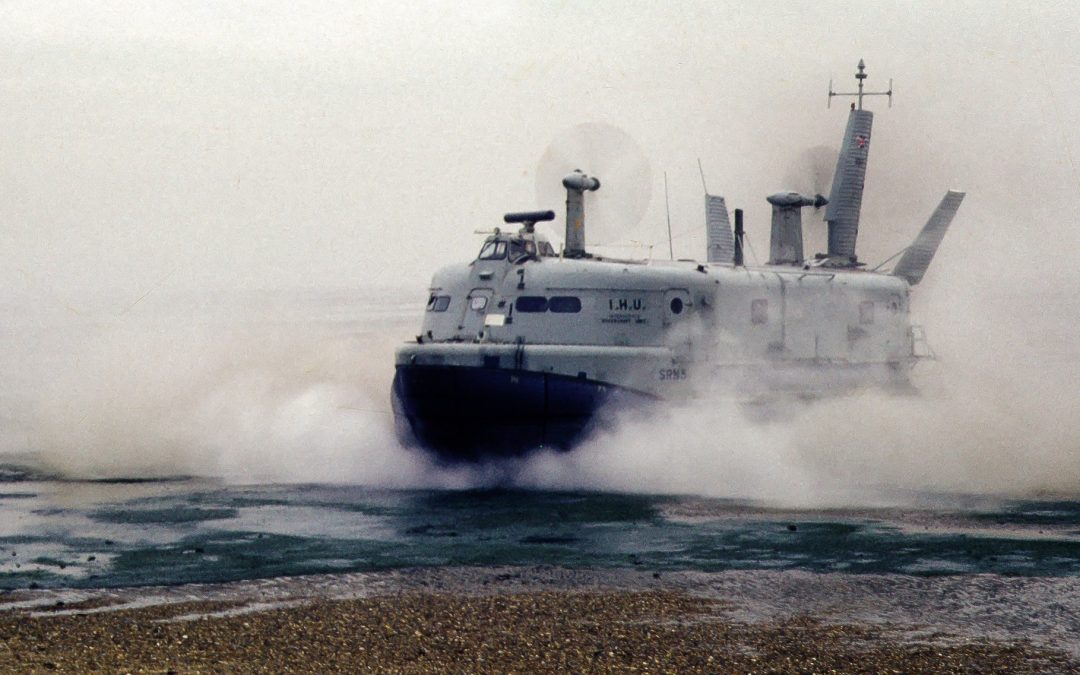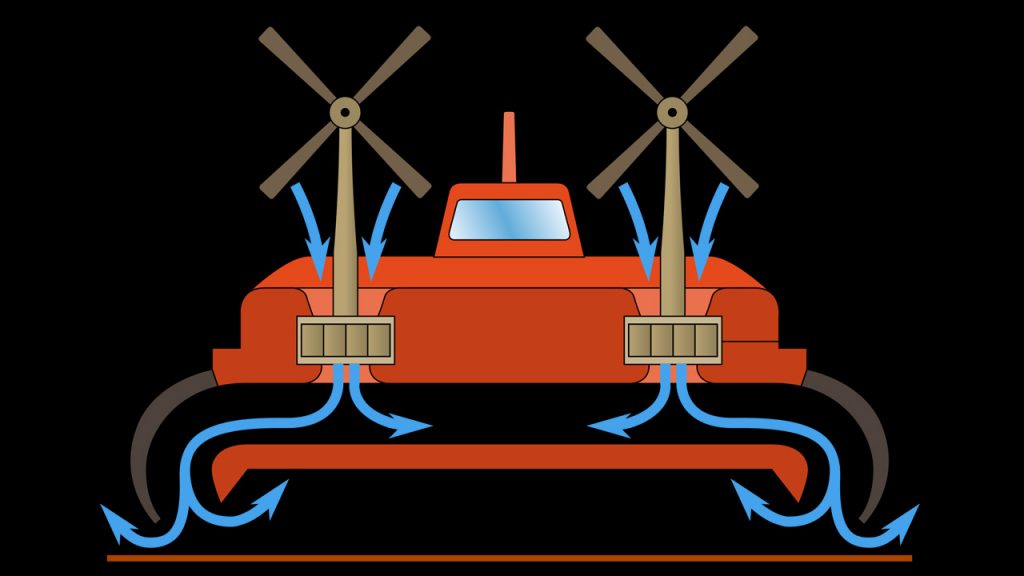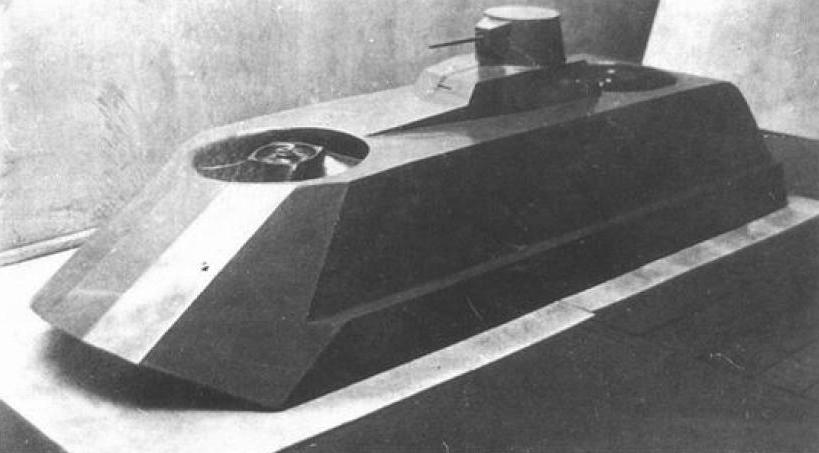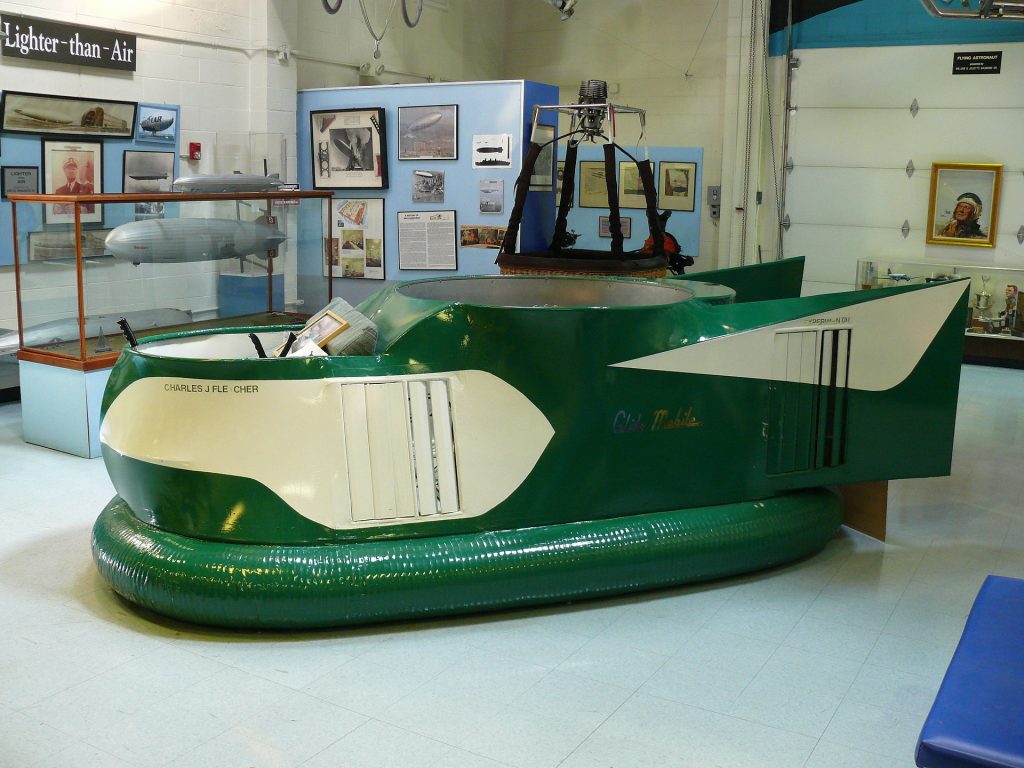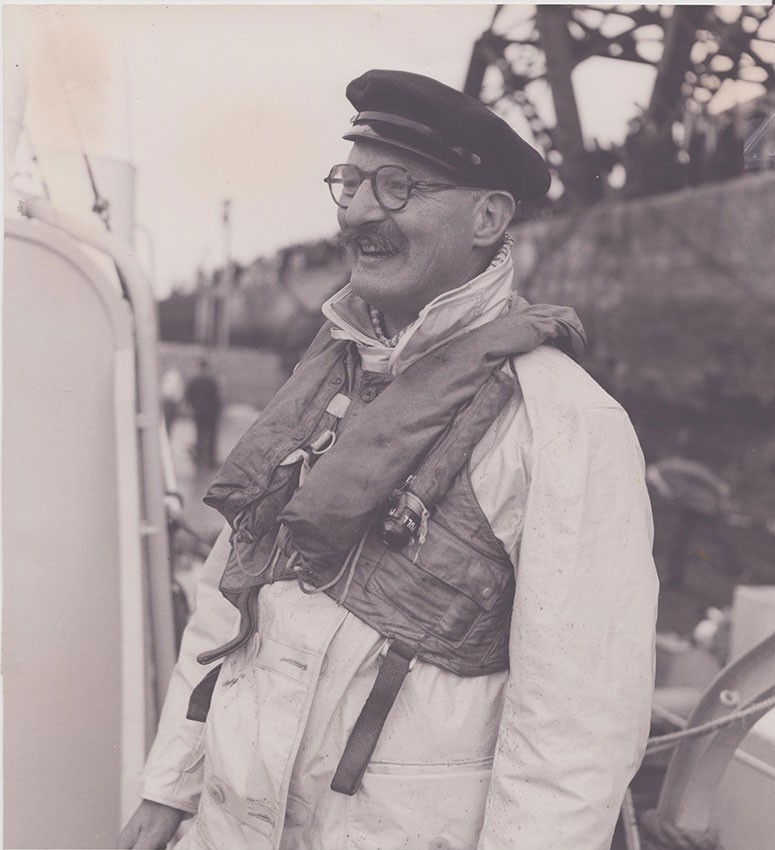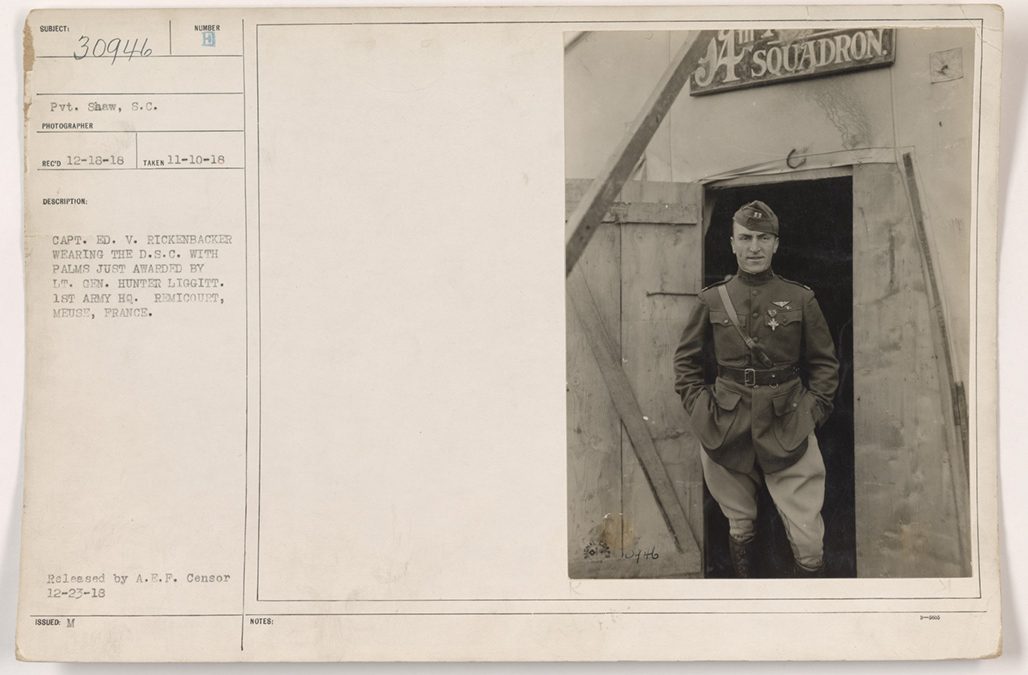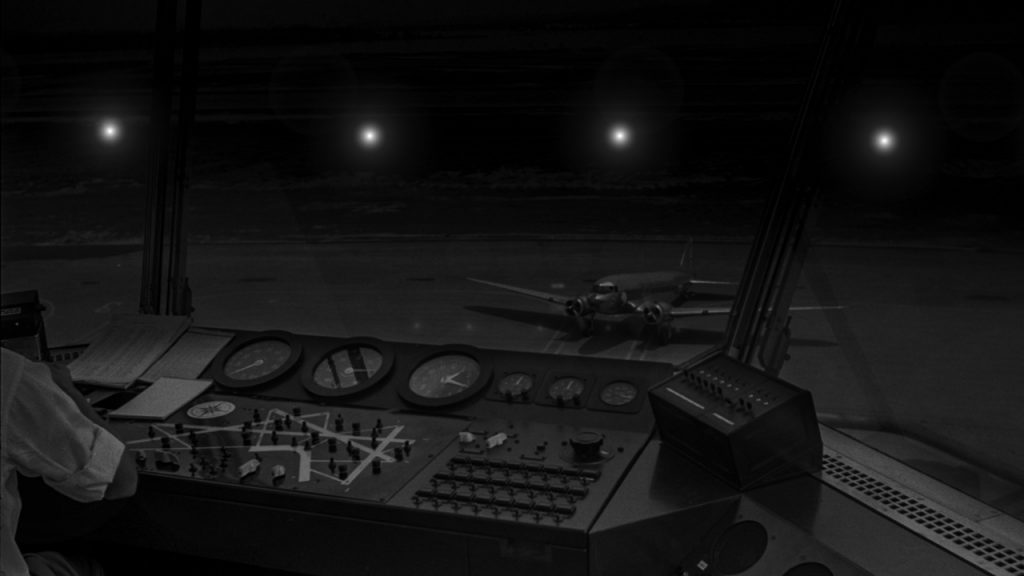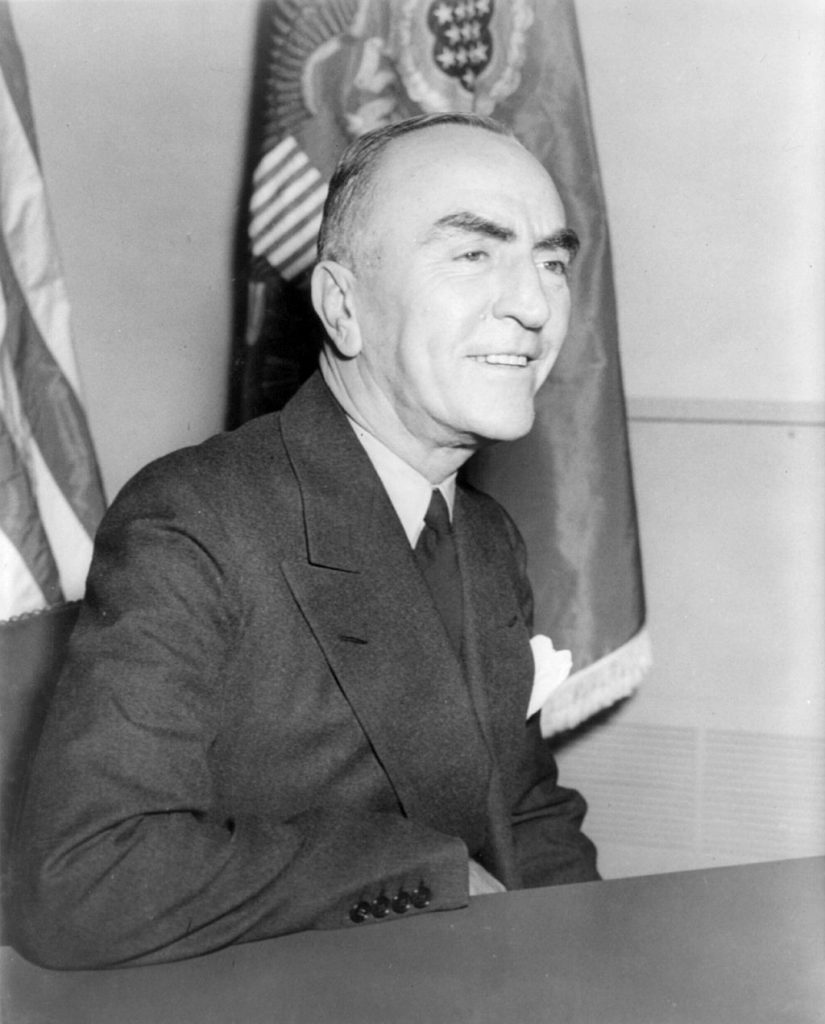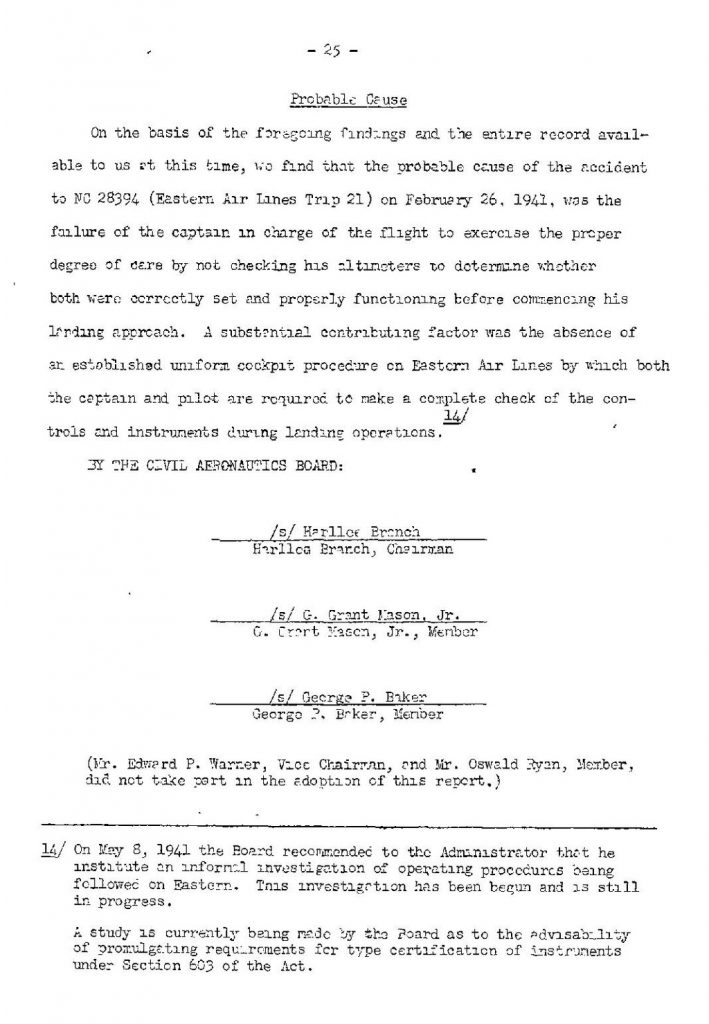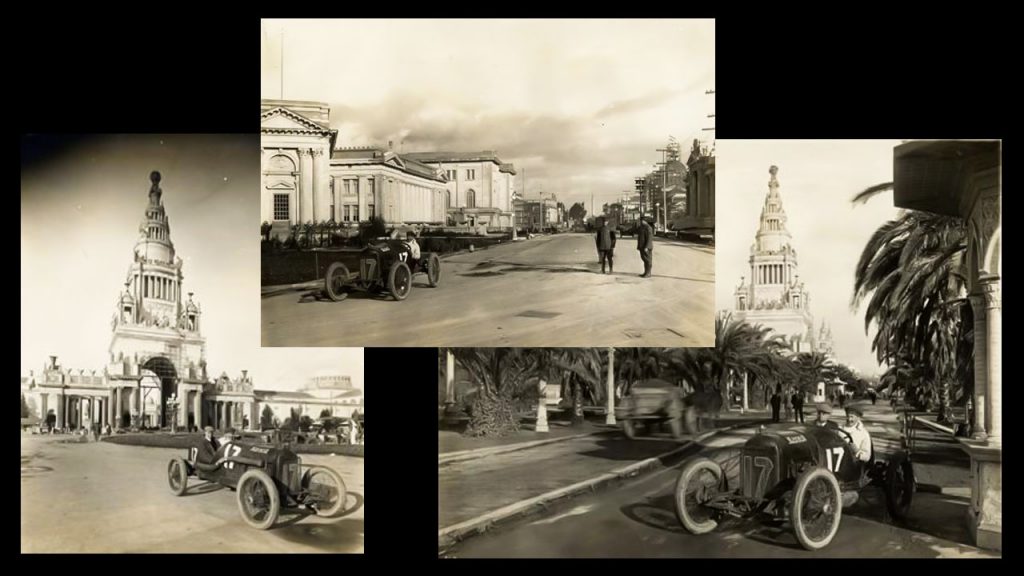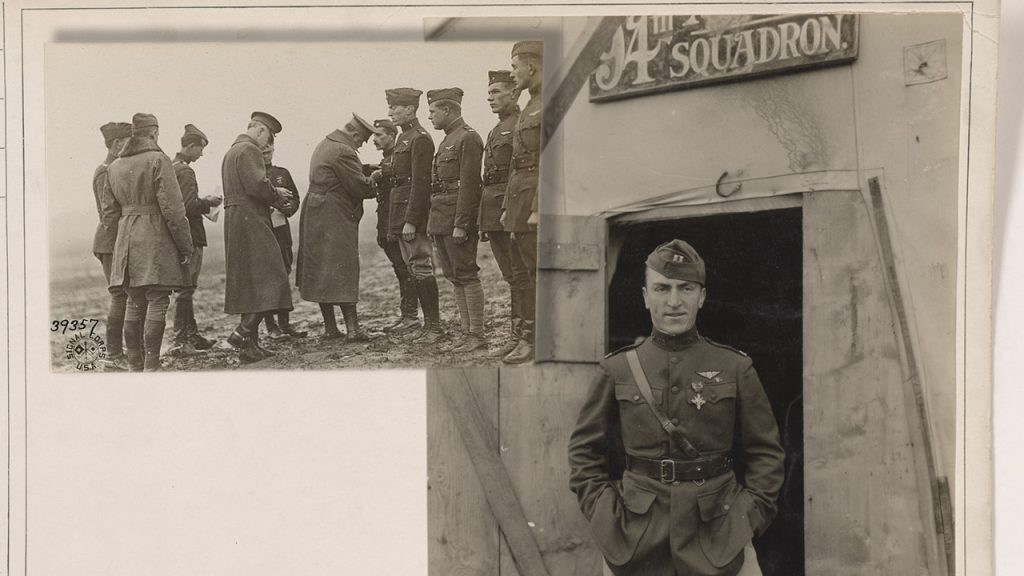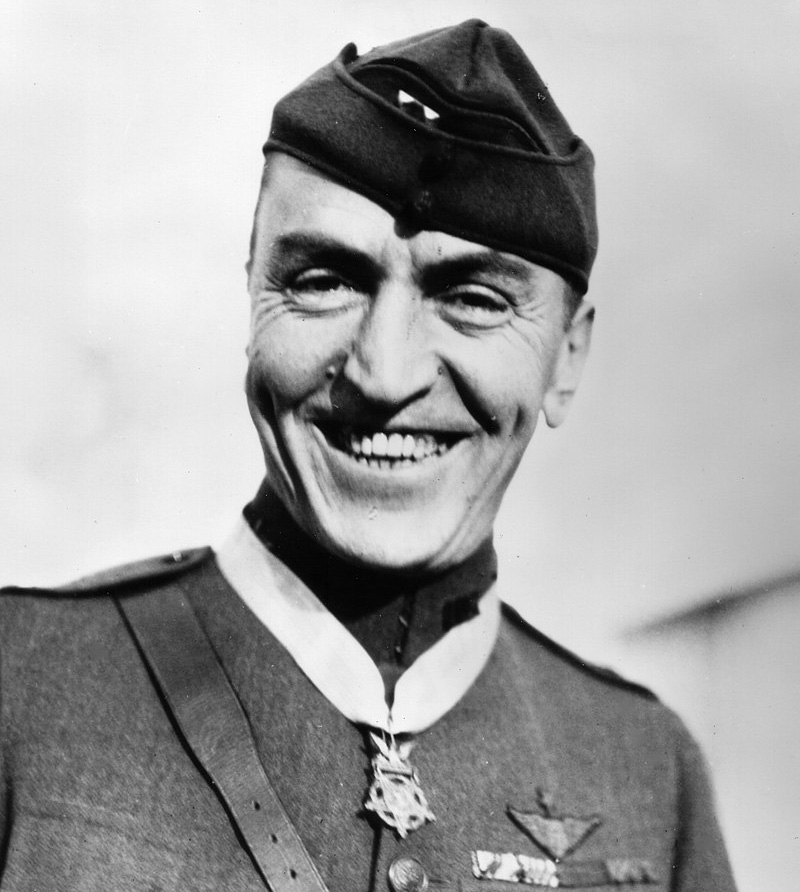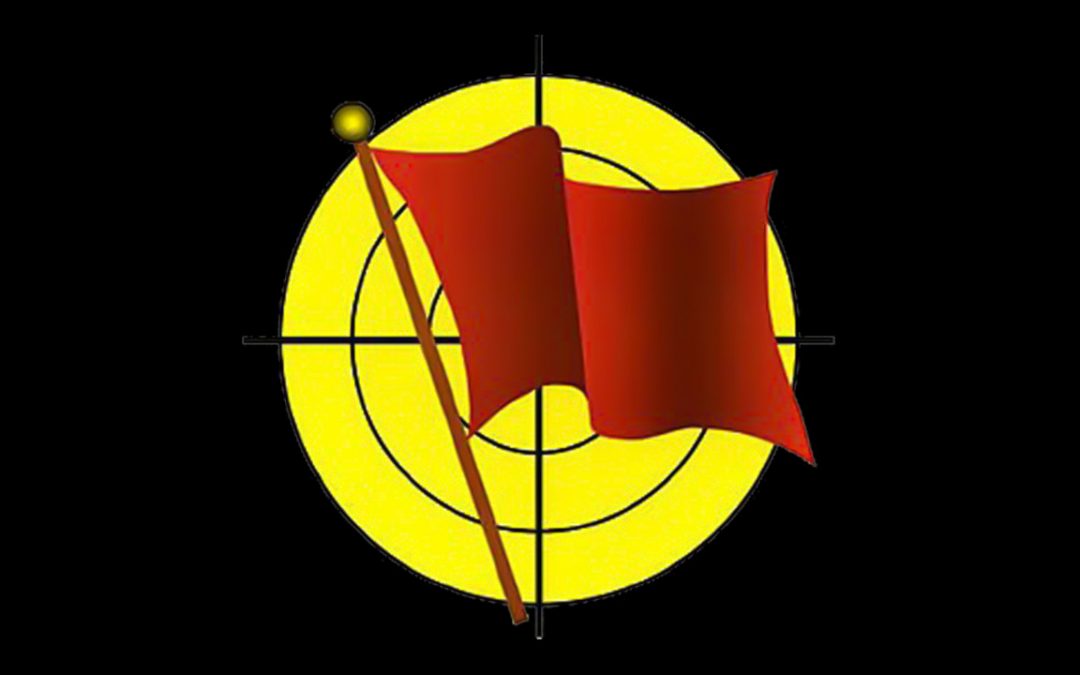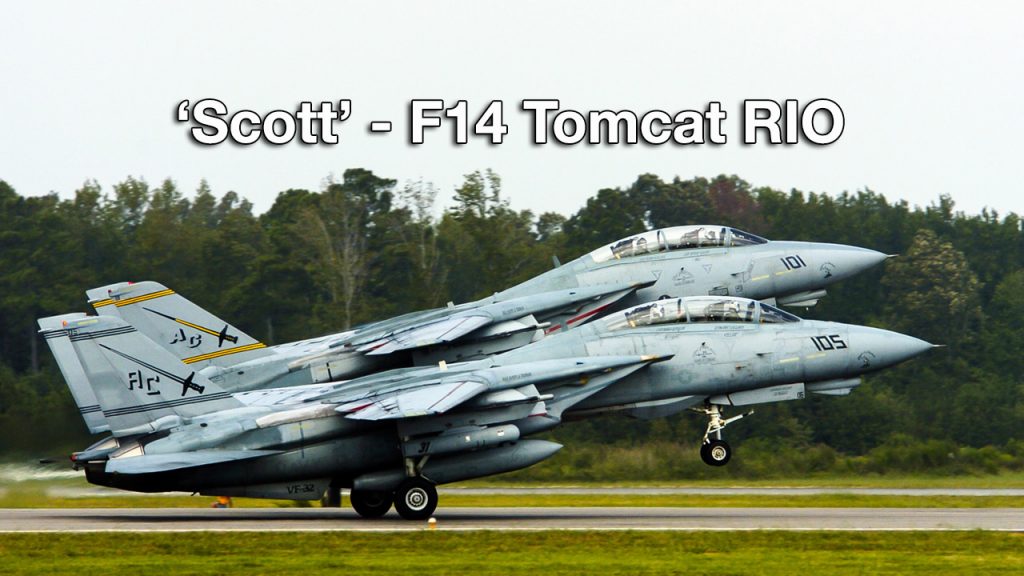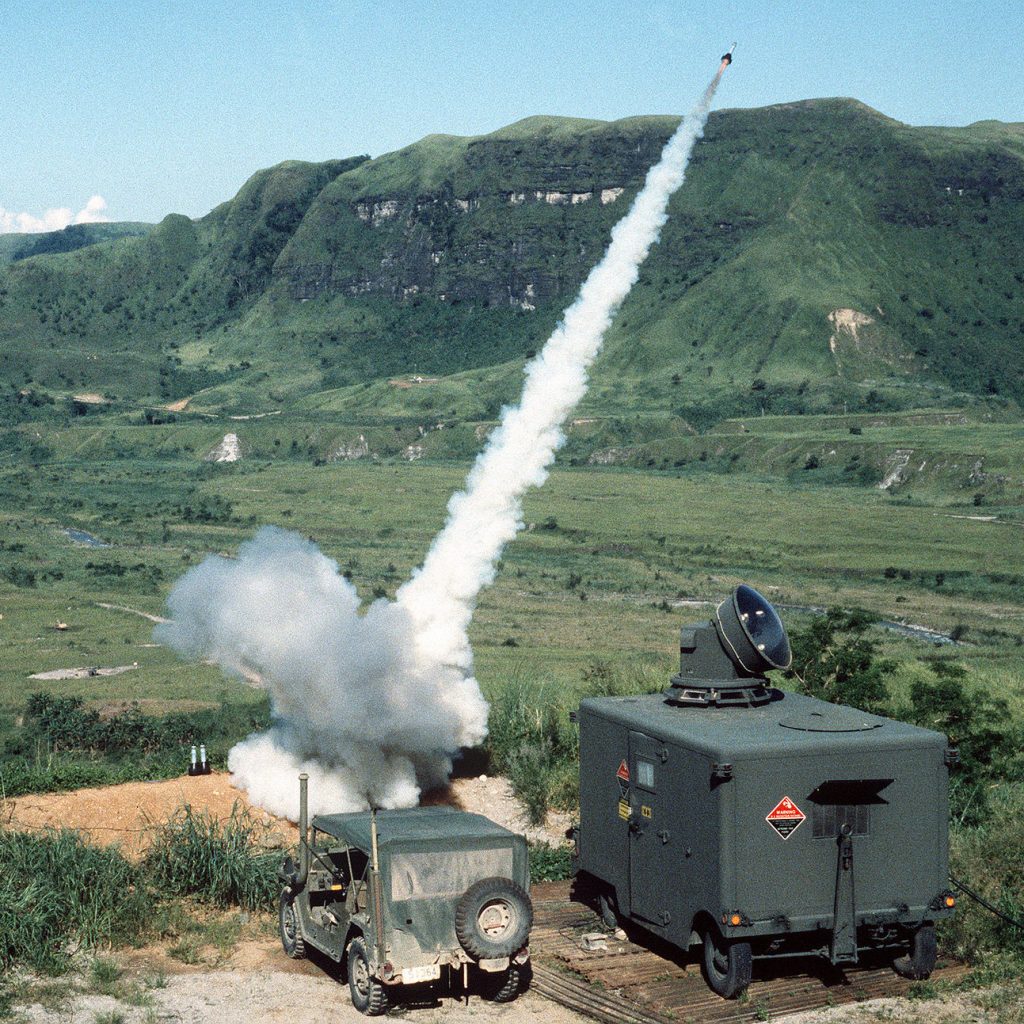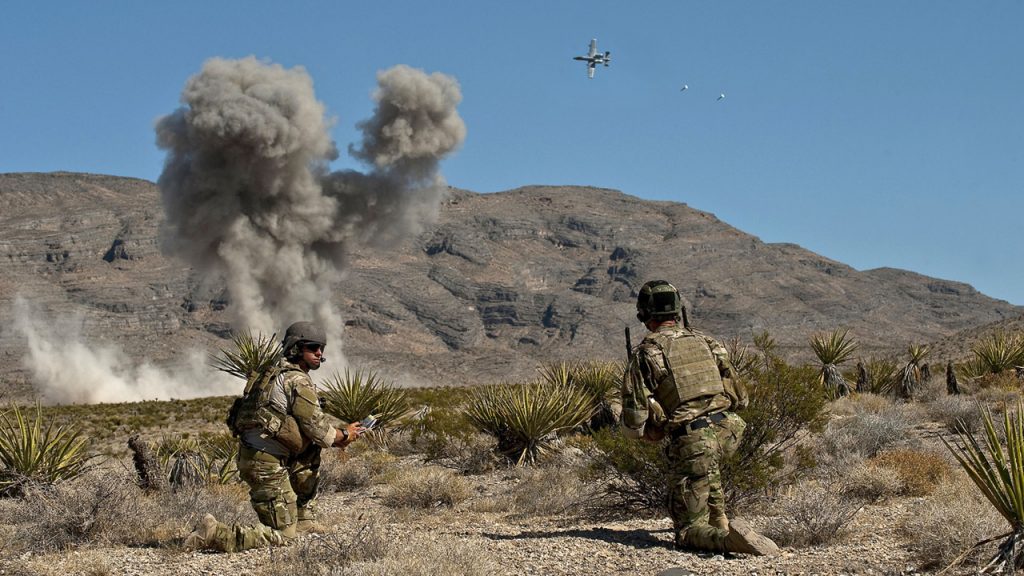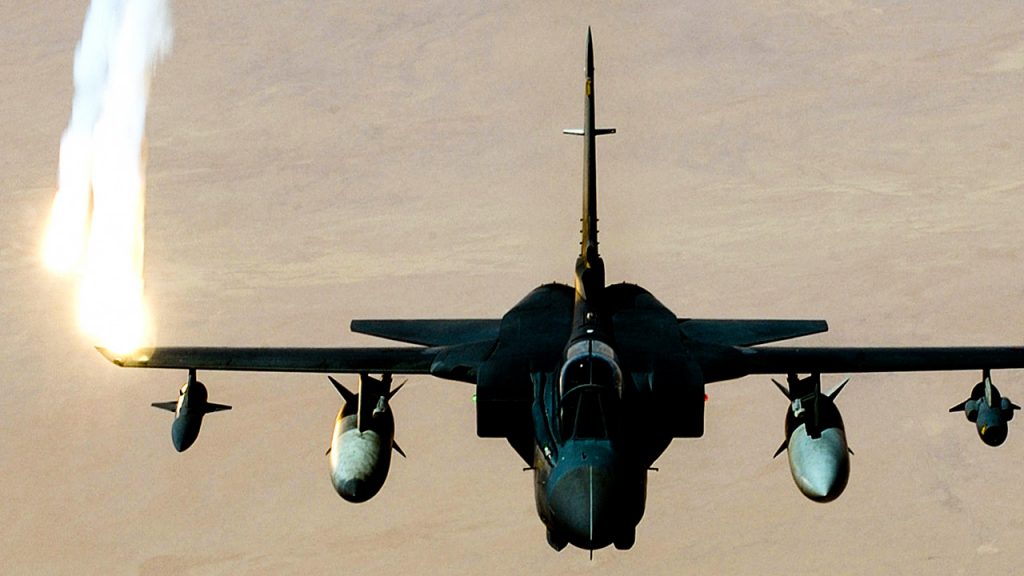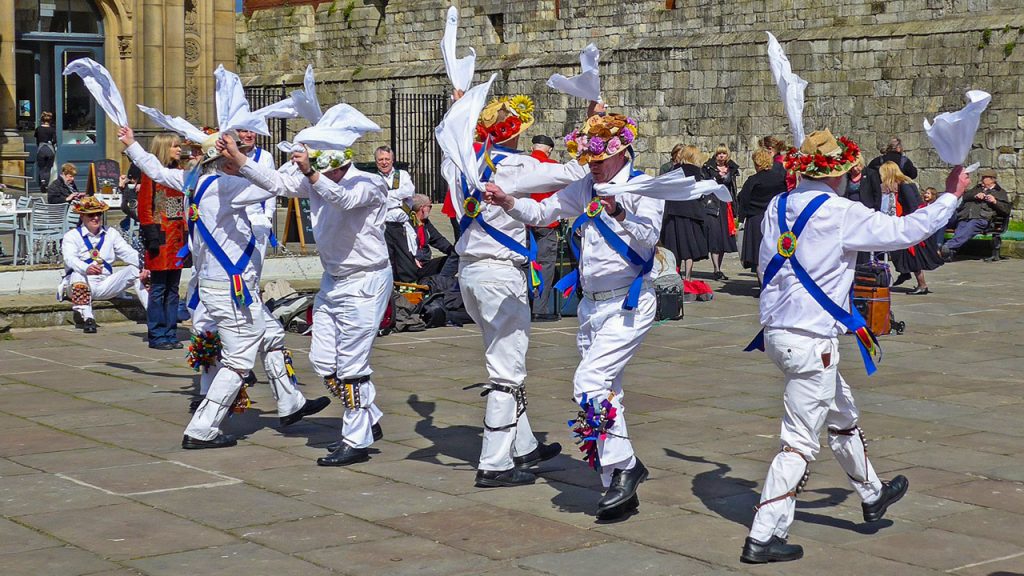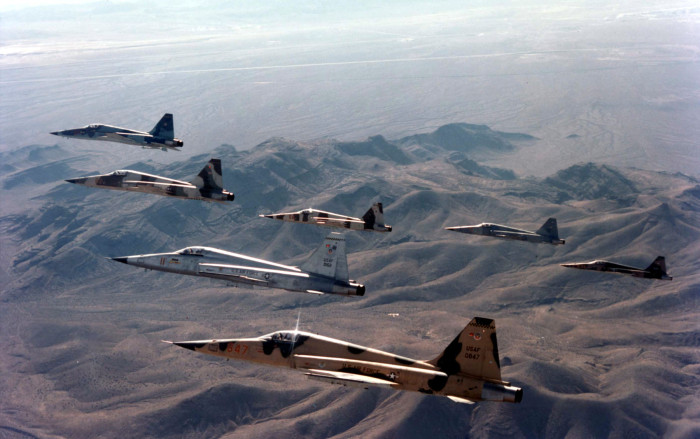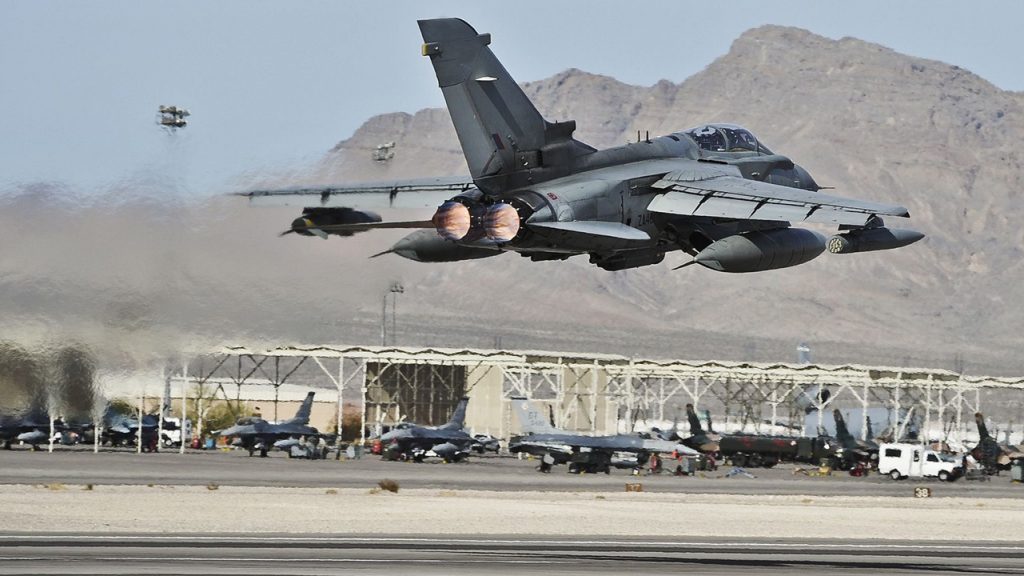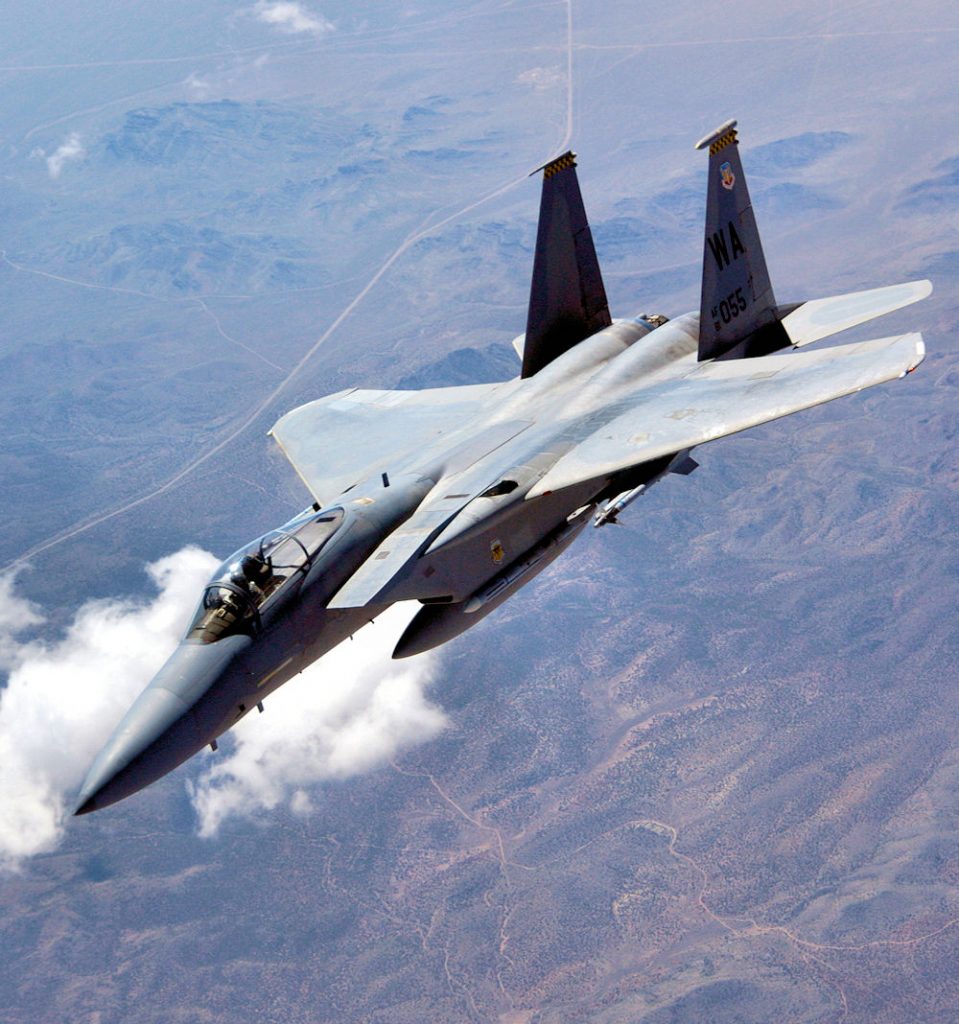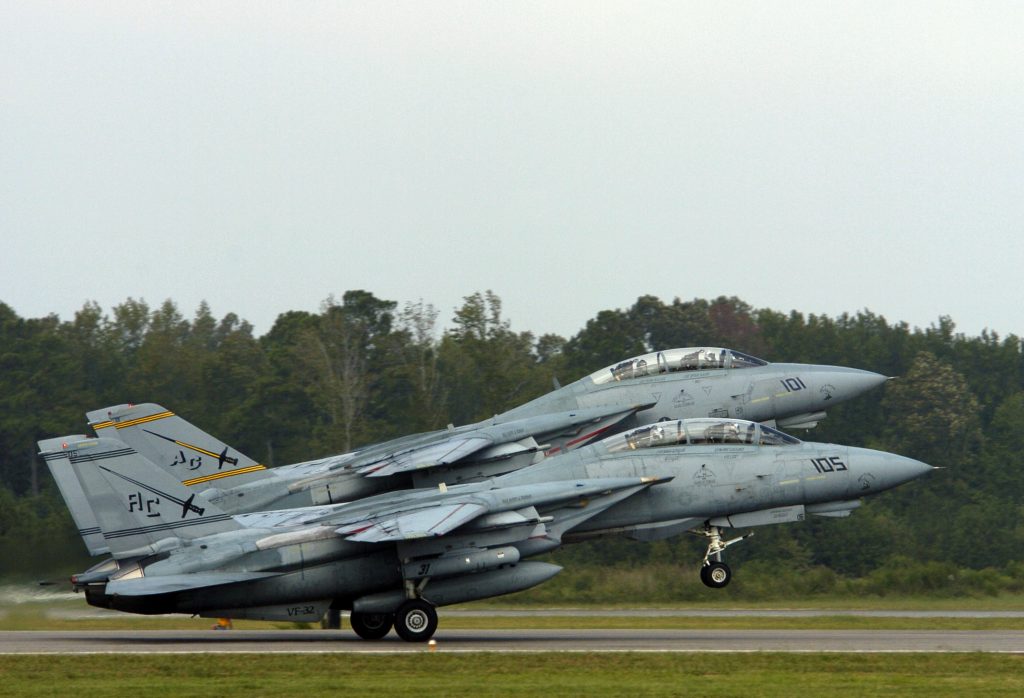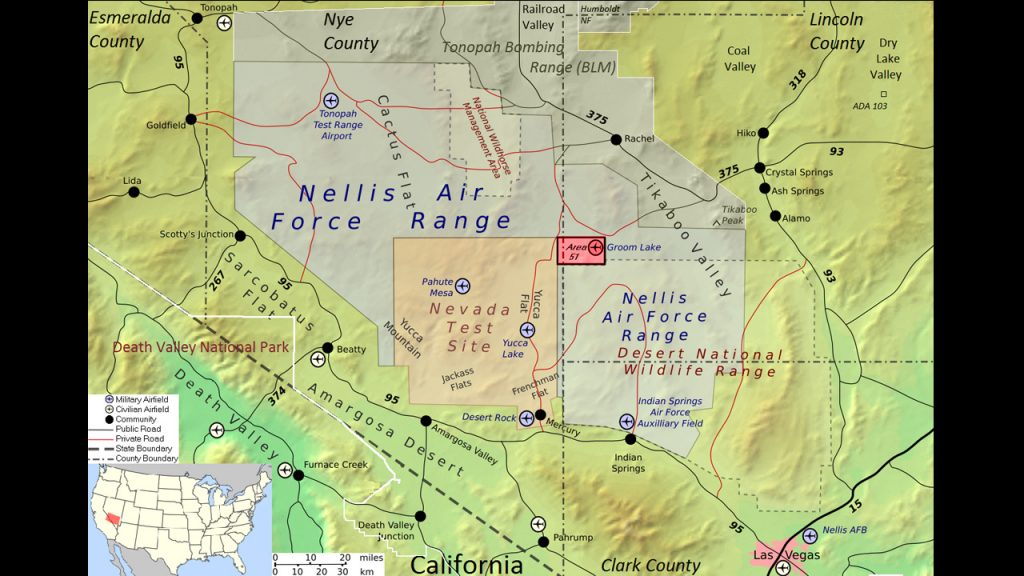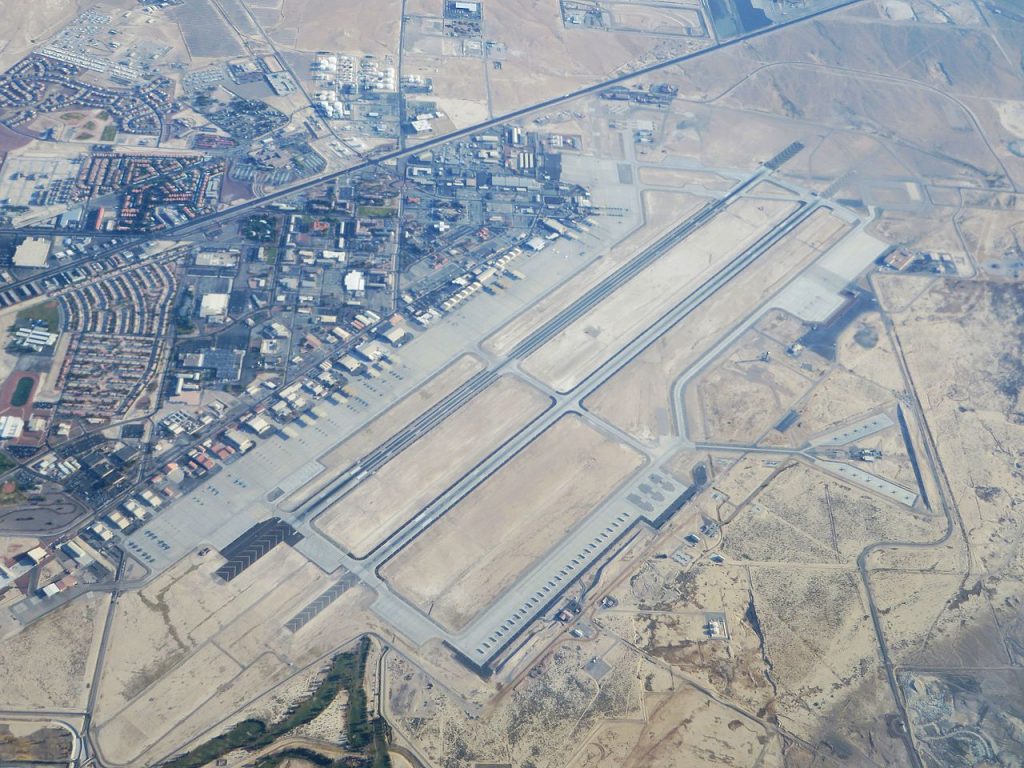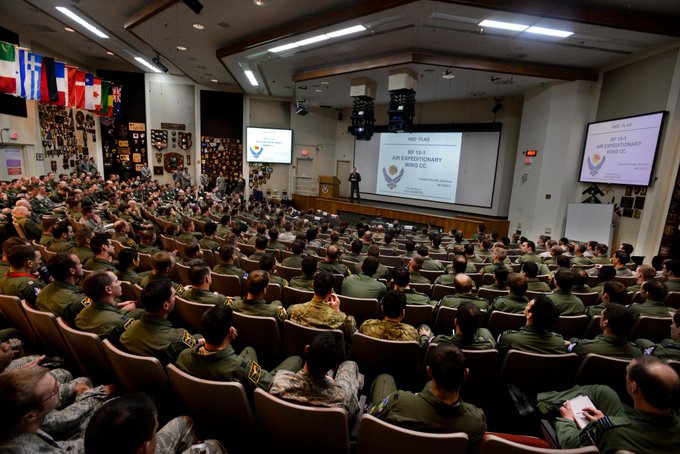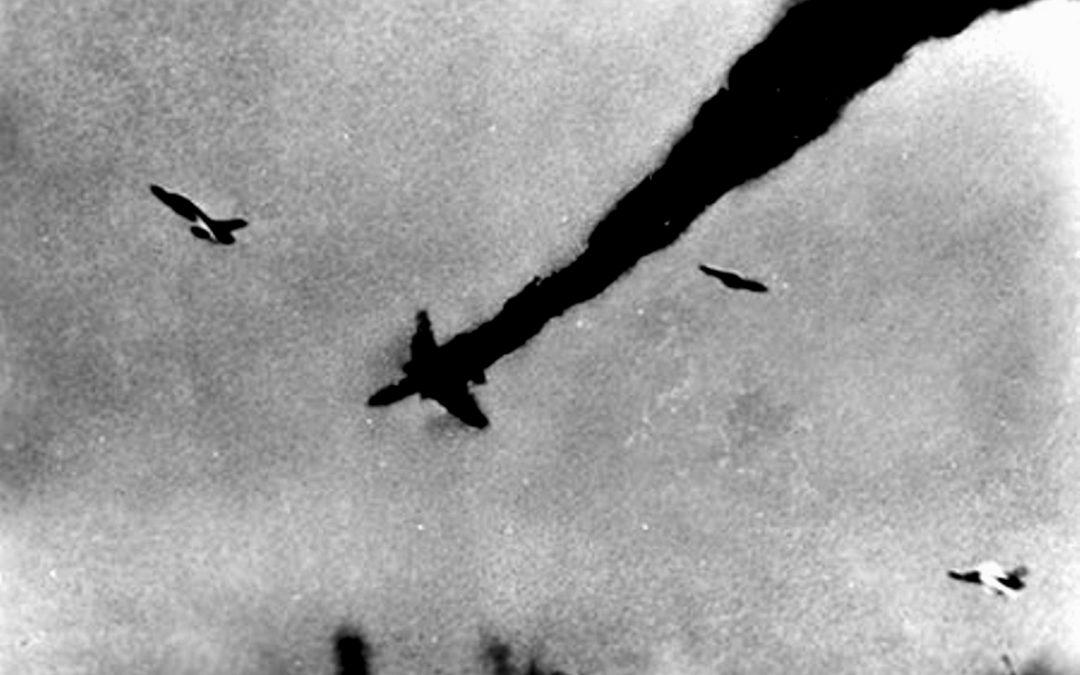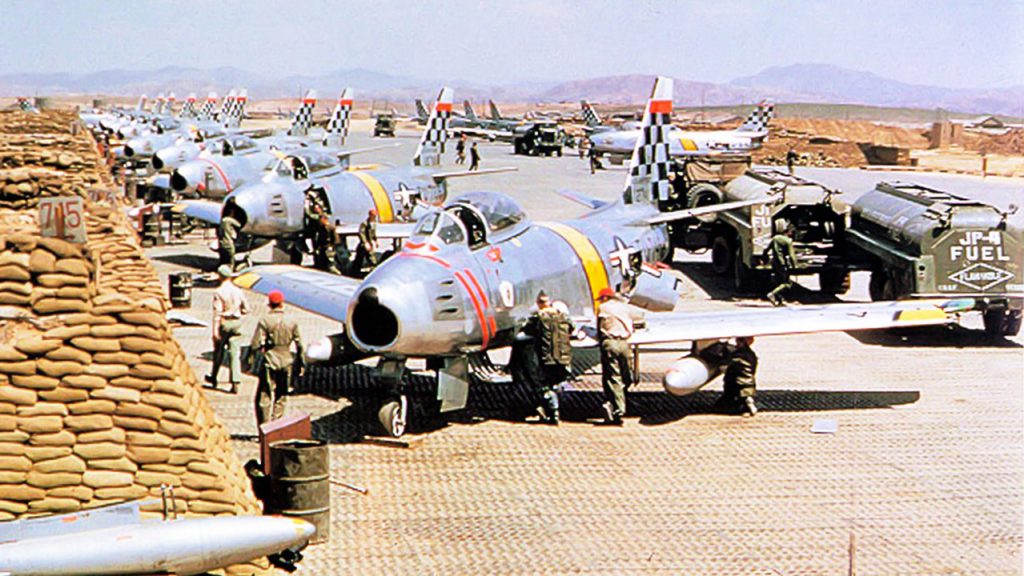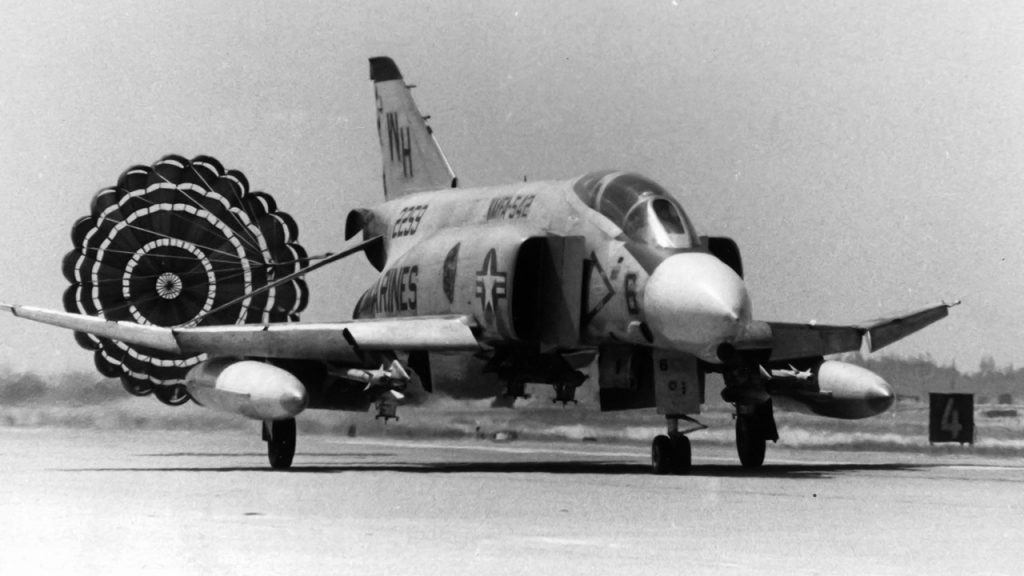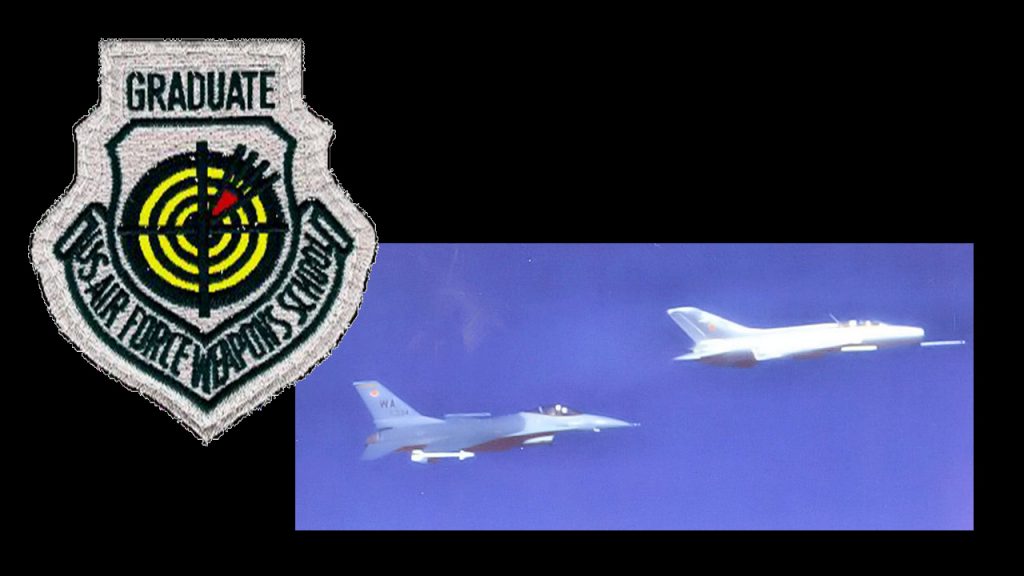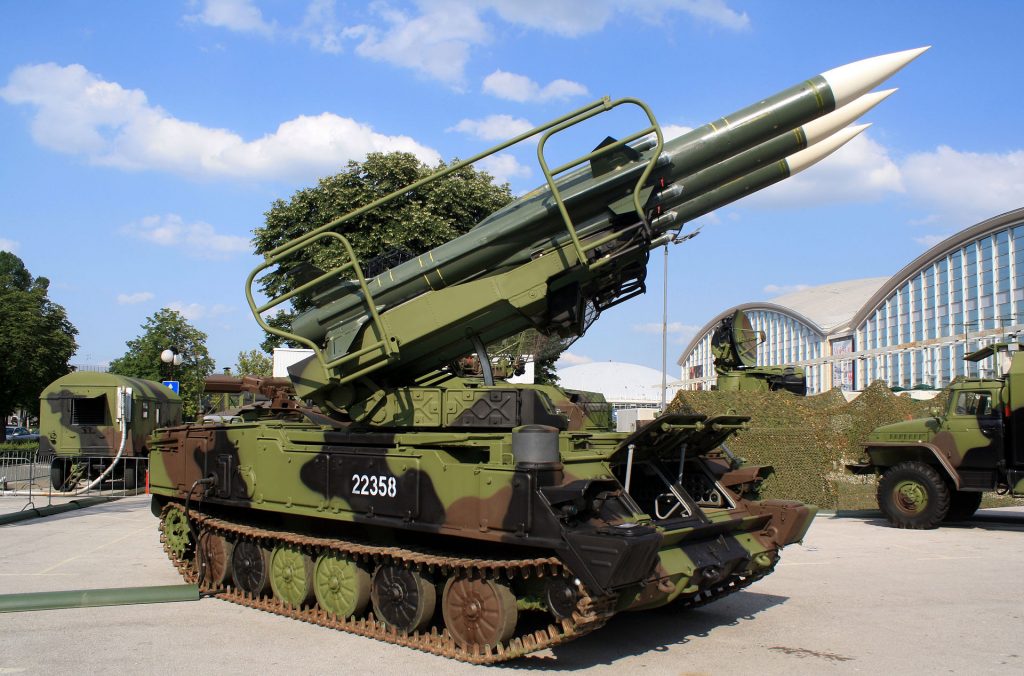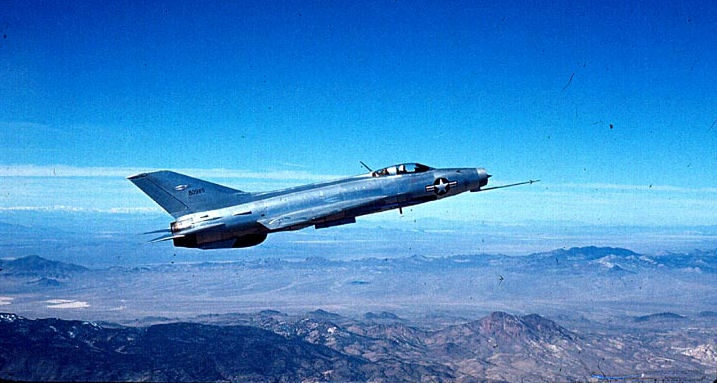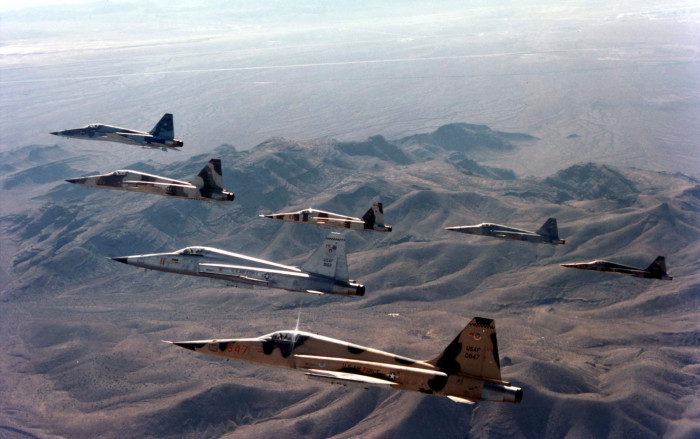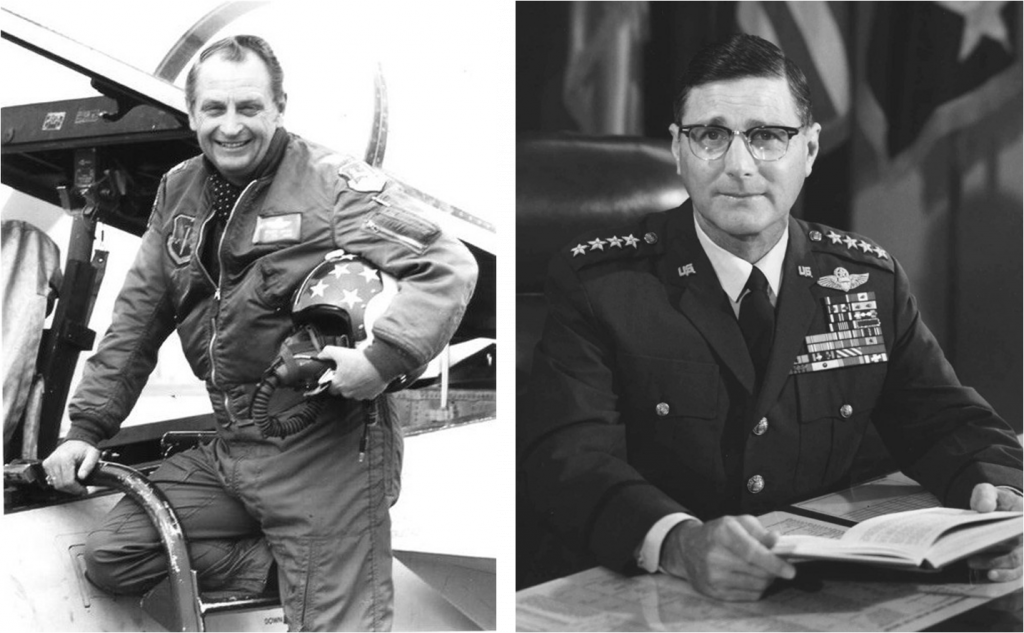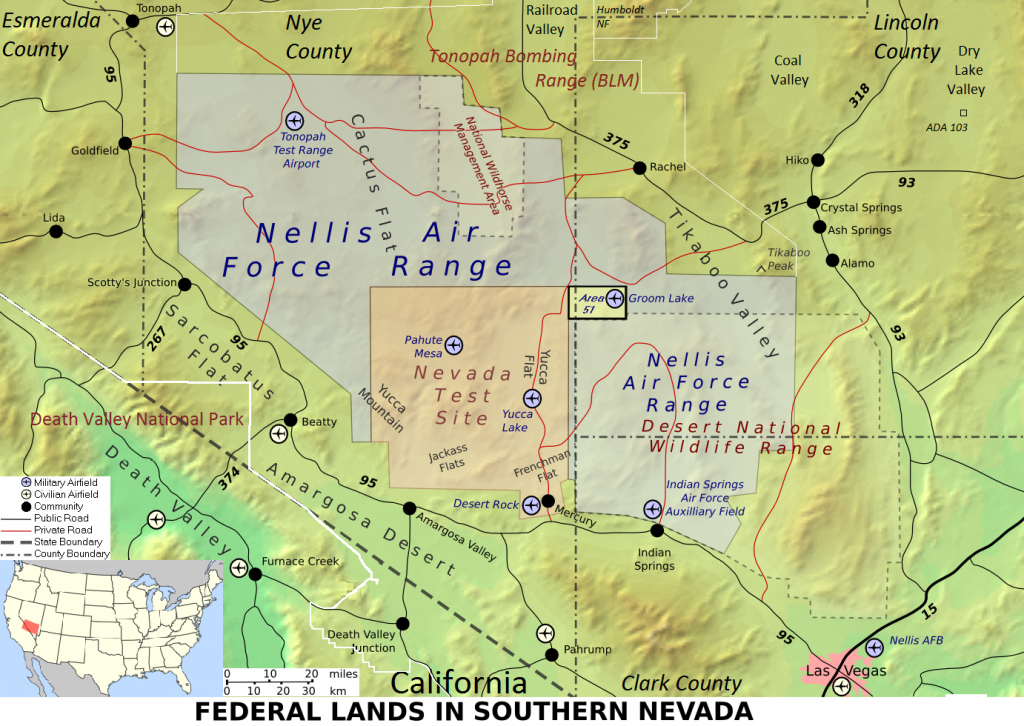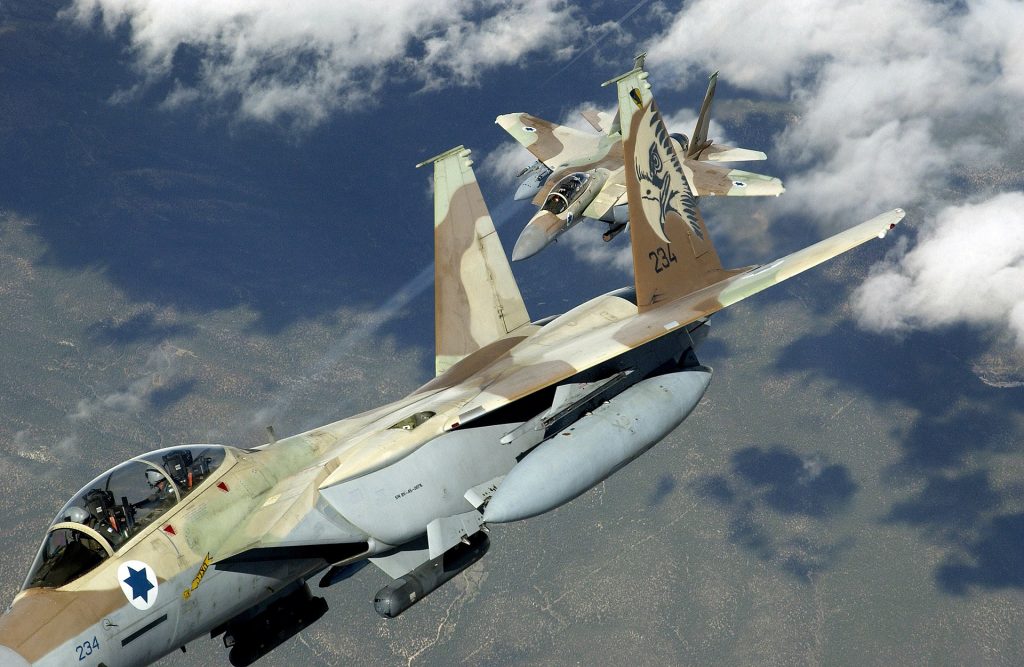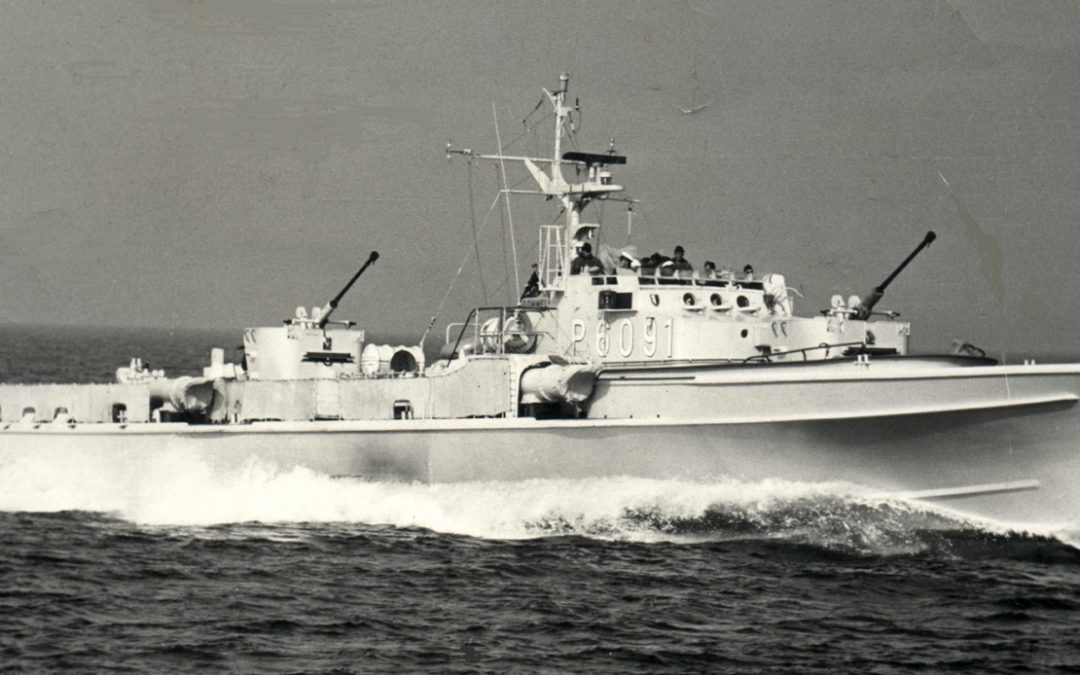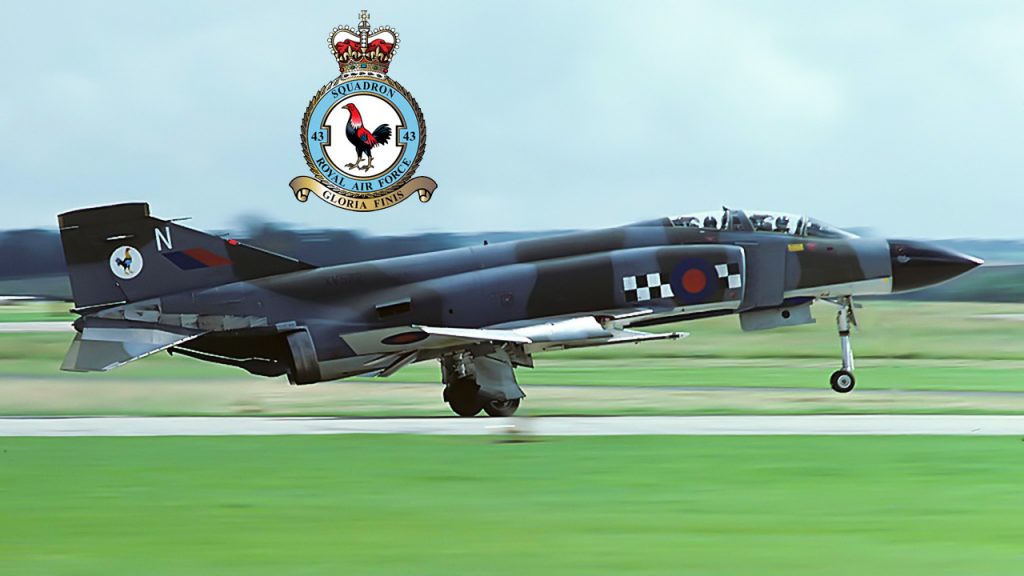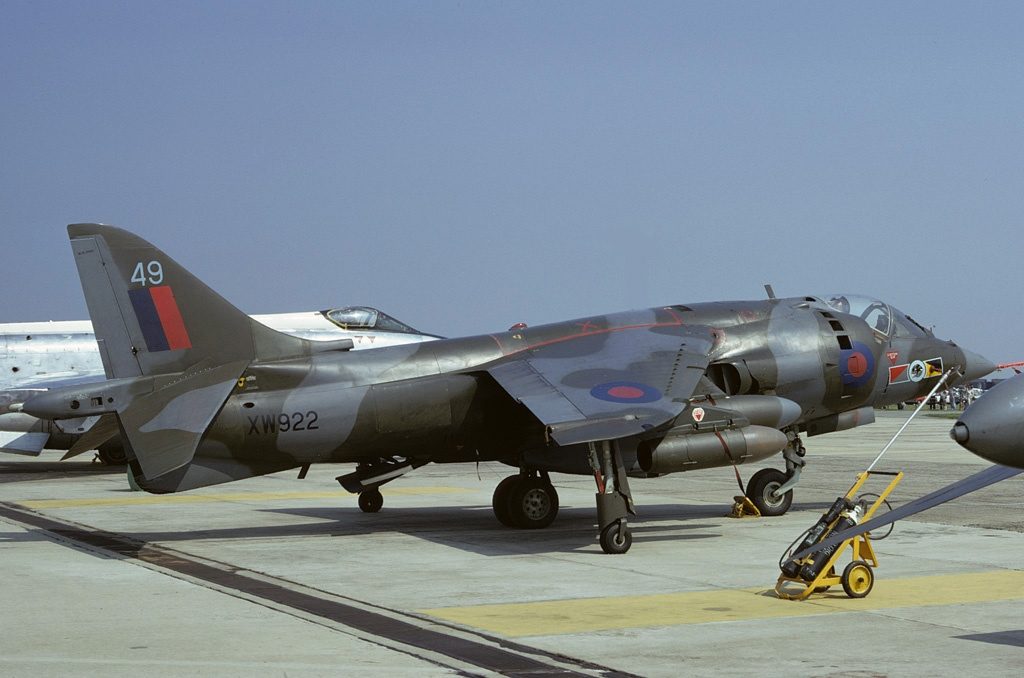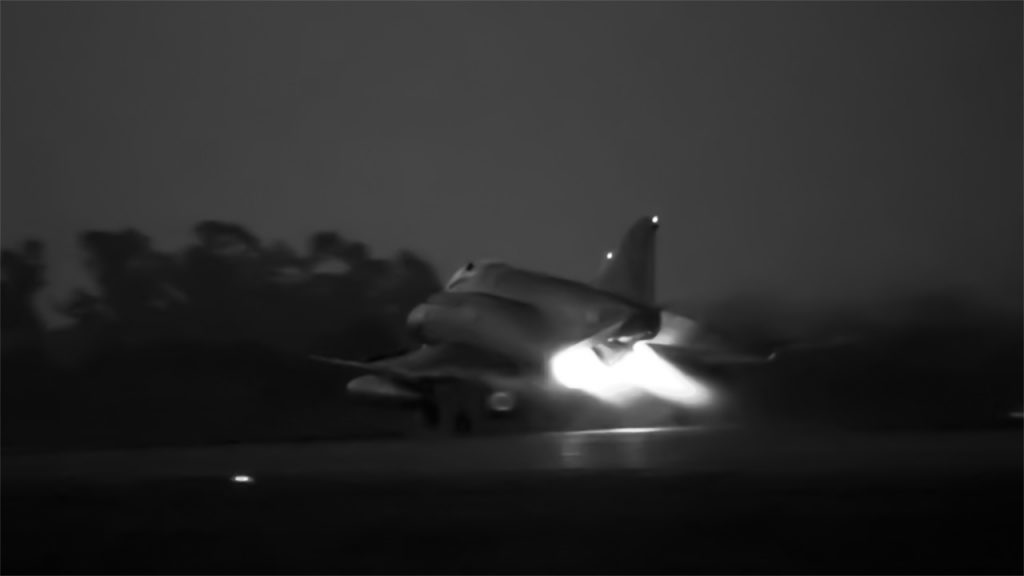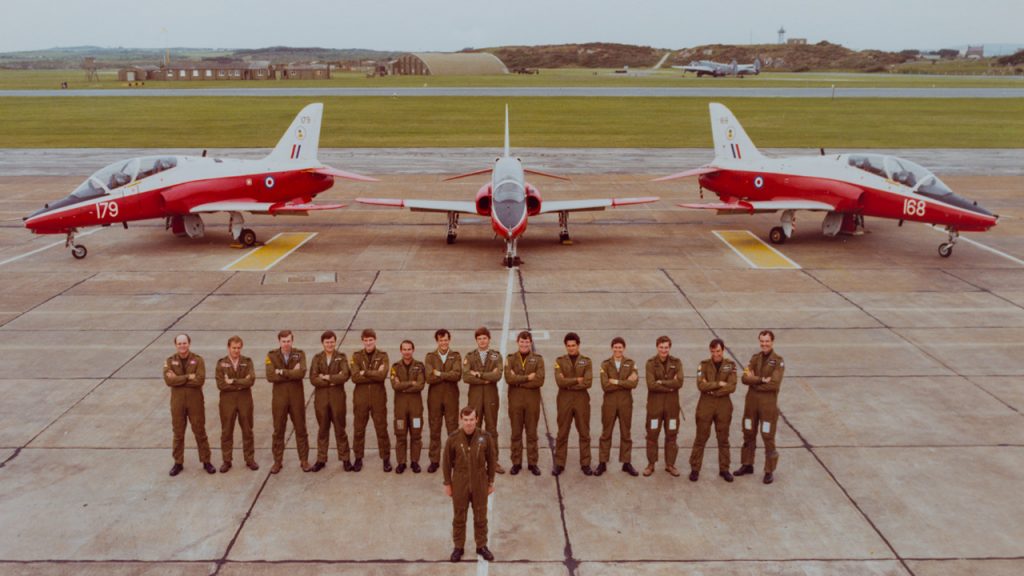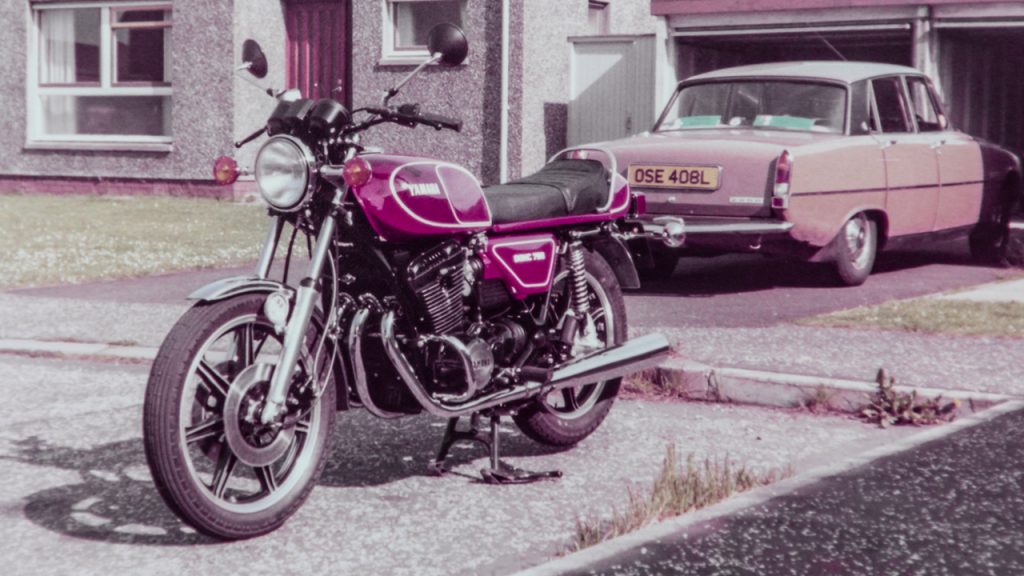
by Nick Anderson | Mar 12, 2021 | Plane Tales
Podcast (pt): Download
The Hovercraft is something of a rare beast. This story examines the many engineers and scientists who contributed to the development of a vehicle that is lifted on a cushion of air and is capable of travelling over land, water, mud, ice, tarmac, sand and many other flattish surfaces.

The Swedish scientist Emanuel Swedenborg is known to have sketched the first hovercraft design in 1714.

Dagobert Müller von Thomamühl’s Luftkissengleitboot, a surface effect boat.

How a hovercraft functions.

Ford’s efforts at hovering cars.

The L1 hovering tank.

Charles Fletcher’s Glidemobile.

Cockerell’s hovercraft patent.

Sir Christopher Sydney Cockerell.

SRN1.

SRN4.

The US Navy LCAC.

The Soviet Zubr class ACV, the biggest in the world weighing in at 555 tons.
Images under Creative Commons licence with thanks to those in the Public Domain, Technical Museum Vienna, Messer Woland, the Ford Motor Company, Ad Meskens, GB Patent Office, The National Archives UK, USN, Andrew Berridge and Mil.Ru (LightZone).

by Nick Anderson | Mar 4, 2021 | Plane Tales
Podcast (pt): Download
Out of the gloom of thick cloud, through their windscreens, the pilots suddenly saw the tops of pine trees but it was too late to pull up. They ploughed through them as the branches smashed into the left wing shattering the navigation light. One of the passengers onboard was the President of the airline, Captain Eddie Rickenbacker… this is his story.

An Eastern Airlines DC3

Atlanta had poor weather and it was close to midnight when the aircraft crashed

Eddie Rickenbacker

The findings of the inquiry

Racing in San Francisco

Rickenbacker becomes CO of the 94th, the Hat in the Ring gang

After receiving many decorations, Rickenbacker returns to the US a hero

The Rickenbacker motor company

Rickenbacker survives a second crash, this time in a Boeing B-17

Capt. E.V. “Eddie” Rickenbacker wearing the Congressional Medal of Honor
Images published under Creative Commons Licence with thanks to Jack Delano, the Library of Congress, CAB, SF Public Library, NARA, Rickenbacker Motors, the USAFand the USAAF.

by Nick Anderson | Feb 20, 2021 | Plane Tales
Podcast (pt): Download
This is the final part of the Red Flag tales which carries on directly from Part II where we heard some exploits from participants of Exercise Red Flag. If you haven’t listened to the previous taleson this subject, it would be worth going back them. My thanks to Jaguar Pilot Nij, Tornado pilot Gasher, Tomcat RIO Scott and RAAF F111 Nav Abs.






The E-3 Sentry AWACS.

Break Right Chuck, there’s one in your 6 o’clock!

A Smokey SAM.

Live weapons being dropped during Red Flag.

A Tornado drops flares.

An RAAF F111 puts its wings back and goes!

The Jaguar pilot’s favourite dance.
Images under Creative Commons licence with thanks to the USAF, Photo-Concepte.de, the RAF, the USN,

by Nick Anderson | Feb 13, 2021 | Plane Tales
Podcast (pt): Download
In the first part of the Red Flag tales we talked about the reasons for the formation of the USAF Fighter Weapons School and the subsequent creation of Exercise Red Flag. Now we get a chance to hear from some of the participants. Firstly there is Nij who took time off from his Nuclear QRA duties to fly his RAF Jaguar in Flag exercises. Then we have a Tornado GR1 pilot, Gasher, who also participated on behalf of the RAF. Jack was an F15 pilot who took part as a wingman, formation leader and also as a Fighter Weapons School graduate. Scott was a Tomcat RIO who was part of Red Air during Flag exercises and Abs, a navigator from the Royal Australian Air Force flew with the F111 force and was even a Blue Force Commander during the exercise.

An RAF Jaguar

An RAF Tornado at Nellis

The mighty F15 Eagle

The USN F14 Tomcat

The RAAF F111

The Nellis ranges with Area 51 marked in red

The Nellis Air Force Base

A Red Flag briefing

The symbol of Exercise Red Flag

The EF-111A Raven
Images under Creative Commons licence with thanks to Steve Lynes, Finlay McWalter, the USAF, USN, Ken Lund, the National Museum of the Air Force and the MOD.

by Nick Anderson | Feb 6, 2021 | Plane Tales
Podcast (pt): Download
The Korean War had been a successful period for the US Air Force but a decade later in the Vietnam war their success rate had gone from 10:1 down to 1:1. Something had to be be done. This is the story of the creation of the USAF Fighter Weapons School and Exercise Red Flag!

The F86 in Korea

The F4 Phantom II

Wreckage of a B52 in Hanoi

The Weapons School graduate patch and an example of dissimilar combat between an F16 and Mig21

A Soviet Surface to Air missile system

A captured Soviet Mig in USAF markings

The F5 Aggressors

Richard Suter

The Nellis Ranges

A ‘Smokey SAM’

IAF F15s, one of the many nations that are invited to take part in Ex Red Flag
Images under Creative Commons licence with thanks to the USAF, Mark Limb, US DOD, US Gov, US Defence Imagery, USMC, Finlay McWalter, National Museum of the Air Force and Srđan Popović.

by Nick Anderson | Jan 31, 2021 | Plane Tales
Podcast (pt): Download
It is the beginning of 1981 but for me it was the conclusion of my first front line tour of duty. When my posting came I was devastated. I had been sent to instruct at No 4 Flying Training School, RAF Valley on the island of Anglesey in North Wales. A remote corner in the middle of nowhere doing a job I didn’t want.

An F4 Phantom FG1 of No43(F) Sqn.

The Hawker Harrier GR1.

Survival Scramble.

The A10 Warthog.

The BLC Malfunction emergency checklist.

Greek Gunboats!

My posting to become a QFI loomed!

My much loved Yamaha along with our poo coloured Rover!

Climbing Mt Snowdon.

Dave would perish during Exercise Red Flag when he crashed his RAF Jaguar avoiding a simulated SAM engagement.
Images under Creative Commons licence with thanks to Mike Freer, Senior Airman Matthew Bruch, CC BY-SA 3.0, the USAF, the RAF and myself!
